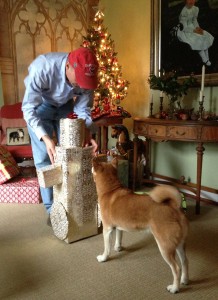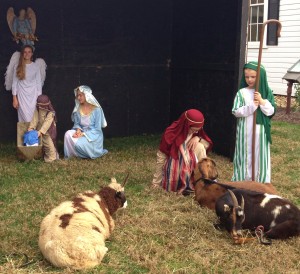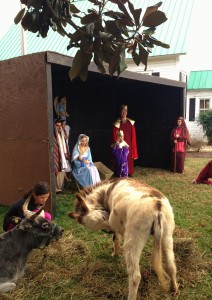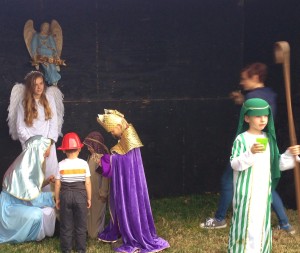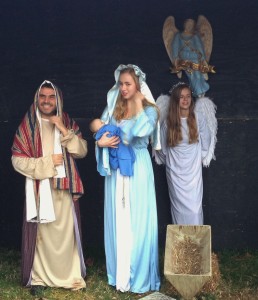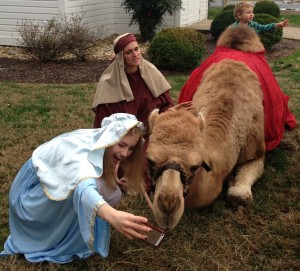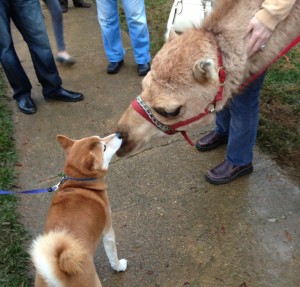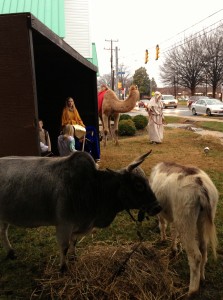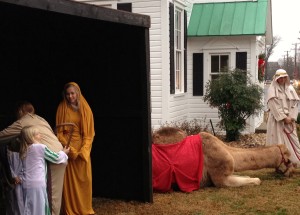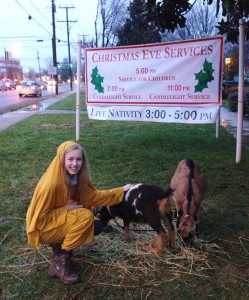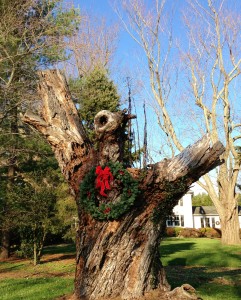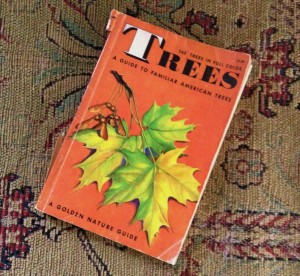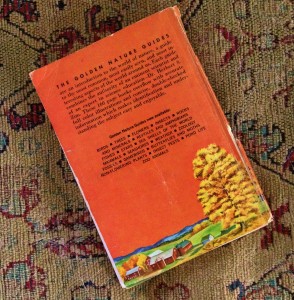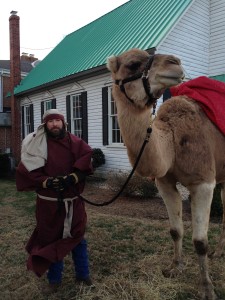Some months ago I awoke in the night from what is, as of yet, the most horrific dream of my life. Nothing really happened in the dream, so I won’t bore you with details. My husband is quick to remind me that nothing is more tedious than listening to another person’s dreams. I saw an image, a murky, indescribable image, that somehow engendered an overwhelming and bone-deep sensation of foreboding and dread. I was paralyzed with fear, but the feeling went far beyond fright. The vision was one of doom, of being trapped for all eternity in a state of absolute and utter hopelessness.
The effects of the dream persisted. I couldn’t shake the sense of helplessness and loss. There was no question of returning to sleep anytime soon. I looked at my little dog, curled peacefully in his bed just a few feet away. He appeared blissfully oblivious to the terror that swirled around me like a storm cloud. Because of his gentleness and sweet demeanor, he has become for me a symbol of all that’s good and right in the world. Yet his presence lacked any power to comfort me that night. I wandered silently from room to room, but could find no sense of peace. No human touch, no human words would help, I knew. The fear went too deep. The sense of isolation was too complete.
Eventually it struck me that the essence of my nightmare vision was that of complete abandonment by God. And then I saw that hope surely remained. The comforting words of the Twenty-third Psalm came to me like a gift:
Though I walk through the valley of the shadow of death,
I will fear no evil, for you are with me.
In my dream, I had seen the hopelessness of a life of Ash Wednesday ashes. Without God’s love, we are doomed to the ashes, to the dust and the darkness.
We turn away from God. We turn away repeatedly. But God never turns away from us. He does not abandon his children.
Everyone who calls upon the name of the Lord will be saved.
–Romans 10:13
That night I was too rattled to pray my own prayers. But the words of the Lord’s prayer were within my grasp. I knew I was not abandoned to the darkness.
That night I thanked God for his grace. Since then, having glimpsed the desolation of hopeless gloom, I almost always remember to thank him every day. On this Ash Wednesday, I thank him again.
For additional thoughts on Ash Wednesday, see these earlier posts: What’s with the Ashes?; Ashes to Ashes; and Those Gray Smudges.



